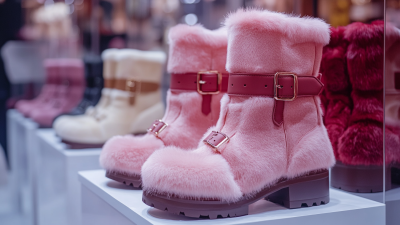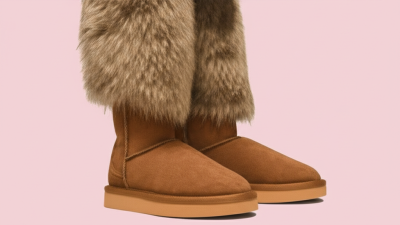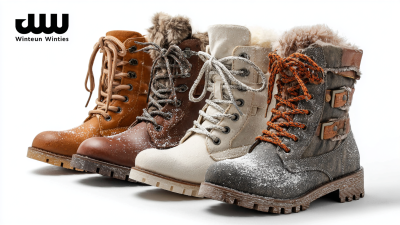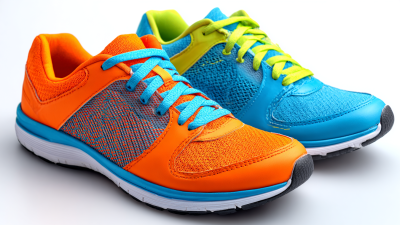The demand for ladies hiking boots has surged in recent years, reflecting a growing interest among women in outdoor activities and adventure sports. According to a report by Grand View Research, the global hiking boots market is expected to reach USD 1.78 billion by 2025, with a significant portion attributed to the increasing participation of women in hiking and trekking. As outdoor enthusiasts seek footwear that combines comfort, durability, and style, understanding the essential features of ladies hiking boots becomes crucial. From advanced traction systems to waterproof materials, these boots are engineered to meet the diverse needs of female hikers, ensuring safety and performance on various terrains. This blog aims to guide you through the vital elements to consider when choosing the right pair of ladies hiking boots, empowering you to make informed decisions for your next outdoor adventure.
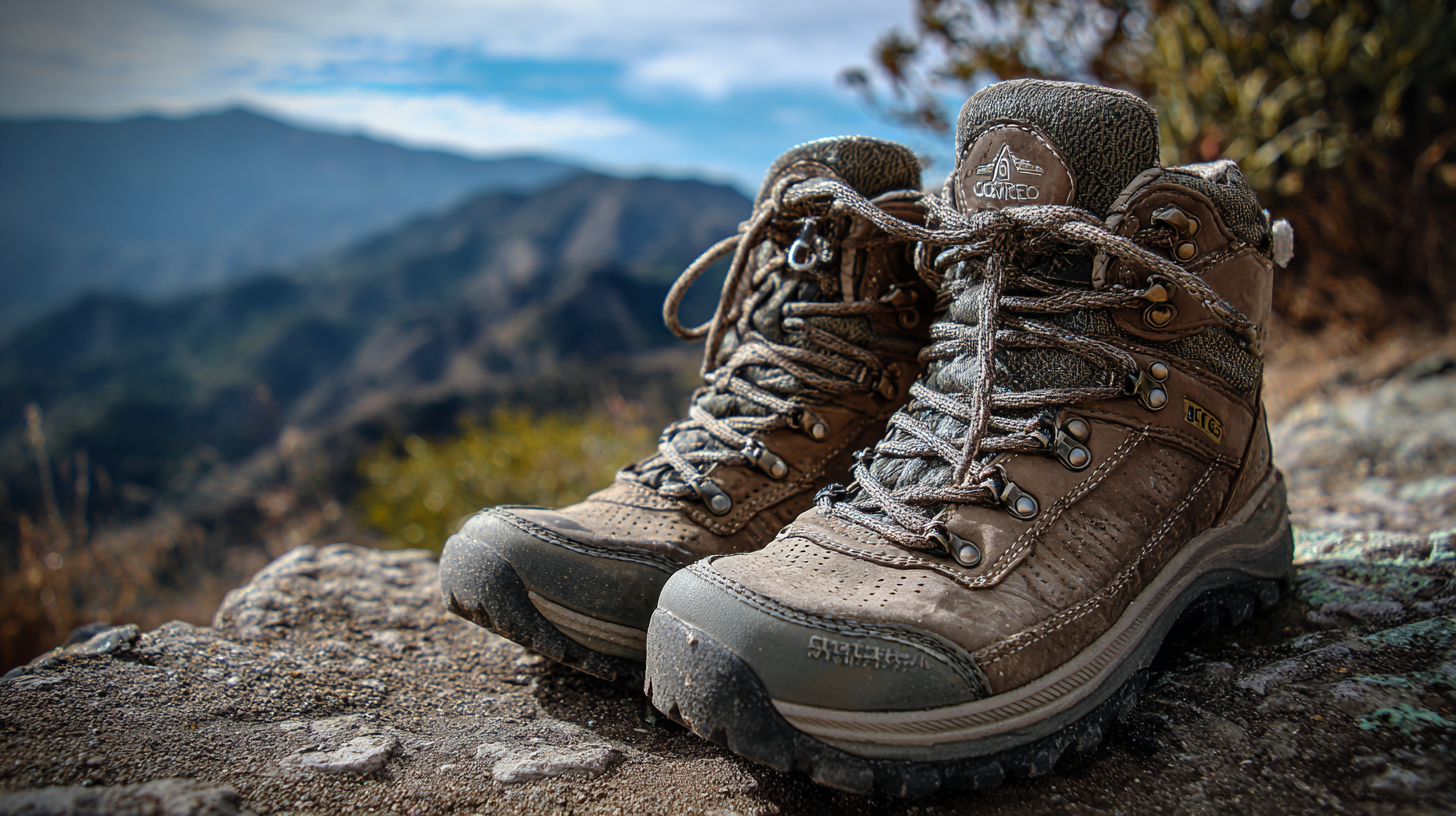
When selecting ladies hiking boots, comfort is paramount, and understanding the key features can significantly enhance your outdoor experience. First and foremost, look for boots with excellent cushioning and support. According to a 2022 report by Outdoor Gear Lab, boots that incorporated EVA foam cushioning reduced fatigue by 30% during long hikes, making them a top choice for female hikers who value comfort.
Another important feature is waterproofing. Research from the International Journal of Sports Footwear demonstrated that women are more likely to suffer from blisters and discomfort if their boots are not adequately waterproofed. A reliable waterproof membrane not only keeps feet dry but also helps maintain temperature regulation, preventing overheating and excessive moisture accumulation.
Furthermore, a sturdy, good-quality tread pattern is essential for traction on various terrains. A study by the American Hiking Society revealed that boots with superior traction reduced slips and falls by 40% compared to those with standard outsole designs, underscoring the importance of selecting the right hiking boot for safety and comfort on the trails.
When it comes to hiking, the right footwear is paramount, especially for women who face unique challenges on the trail. The integration of advanced technologies in ladies hiking boots plays a critical role in enhancing their safety and performance. One key technology is Vibram outsoles, which provide superior grip and traction. Studies reveal that hiking boots equipped with Vibram technology reduce slip incidents by up to 40%, a significant factor when navigating uneven surfaces or wet conditions.
Additionally, many modern hiking boots feature GORE-TEX linings that offer waterproof protection while maintaining breathability. According to a report by the Outdoor Industry Association, over 50% of female hikers cite moisture management as essential for comfort and safety during outdoor activities. Boots designed with GORE-TEX not only keep feet dry but also help regulate temperature, allowing for longer and more enjoyable hikes without the discomfort of sweat accumulation.
Lastly, the incorporation of lightweight materials such as EVA foam for cushioning has revolutionized comfort in hiking boots. A recent survey from the American Hiking Society states that 70% of women hikers prioritize comfort, which directly affects their hiking duration and overall experience. With these technologies, ladies hiking boots are designed to address specific needs, ensuring that female hikers can safely and comfortably explore the great outdoors.
This chart illustrates the importance of various safety technologies in ladies hiking boots, rated on a scale from 1 to 10. Waterproof material is rated the highest for safety at 9, followed by anti-slip sole and ankle support, which are rated at 8 and 7 respectively.
When it comes to choosing the right ladies' hiking boots, understanding the materials used is crucial for both comfort and performance on the trails. Here, we highlight seven popular materials commonly found in women's hiking boots, each bringing their unique benefits.
Leather, for instance, is renowned for its durability and natural water resistance, making it an excellent choice for rugged terrains. Synthetic materials, such as nylon or polyester, are lightweight and quick-drying, perfect for day hikes or warmer climates. Additionally, Gore-Tex lining adds a waterproof yet breathable layer, ensuring dry feet even in wet conditions. Rubber soles provide essential traction, offering stability on slippery surfaces, while EVA foam contributes to shock absorption, enhancing overall comfort during long hikes.
**Tip:** Always consider the environment where you’ll be hiking when selecting your boot material. For muddy trails, opt for rubber or synthetic materials that can handle wetness better. Also, don’t forget to break in your hiking boots before hitting the trails to prevent blisters. Another valuable tip is to pay attention to the boot’s weight; lighter boots are better for long-distance hikes, while heavier, sturdier boots offer more support for demanding terrains.
| Material | Benefits | Durability | Water Resistance | Weight |
|---|---|---|---|---|
| Leather | Highly durable and offers great support | Excellent | Good with treatment | Heavy |
| Synthetic materials | Lightweight and breathable | Moderate | Varies greatly | Light |
| Gore-Tex | Highly waterproof and breathable | Good | Excellent | Moderate |
| Nylon | Strong, lightweight, and dries quickly | Good | Moderate | Light |
| Rubber | Excellent traction and water resistance | High | Very Good | Heavy |
| EVA (Ethylene Vinyl Acetate) | Lightweight cushioning and shock absorption | Good | None | Light |
| Oiled leather | Naturally water-resistant and flexible | High | Good | Heavy |
When selecting ladies hiking boots, fit is paramount to ensure comfort and performance on the trails. One of the key elements of fit to consider is the width of the boot. Women's feet typically have different width profiles compared to men's, so it's crucial to find boots that accommodate the natural shape of a woman's foot. Look for options that come in various widths, allowing for a snug fit without constriction. This can help prevent blisters and discomfort during long hikes.
Another important factor is the arch support. Every woman's foot has a unique arch height, and having the right support can make a significant difference in overall foot health during hikes. Boots that provide adequate arch support can help distribute weight evenly, reduce fatigue, and enhance stability on uneven terrain. Additionally, adjustable components like laces or straps can be beneficial to customize the fit around the ankle and instep, providing extra support where it’s needed most. By focusing on these key fit elements, women can choose hiking boots that not only enhance their outdoor experiences but also keep their feet happy mile after mile.
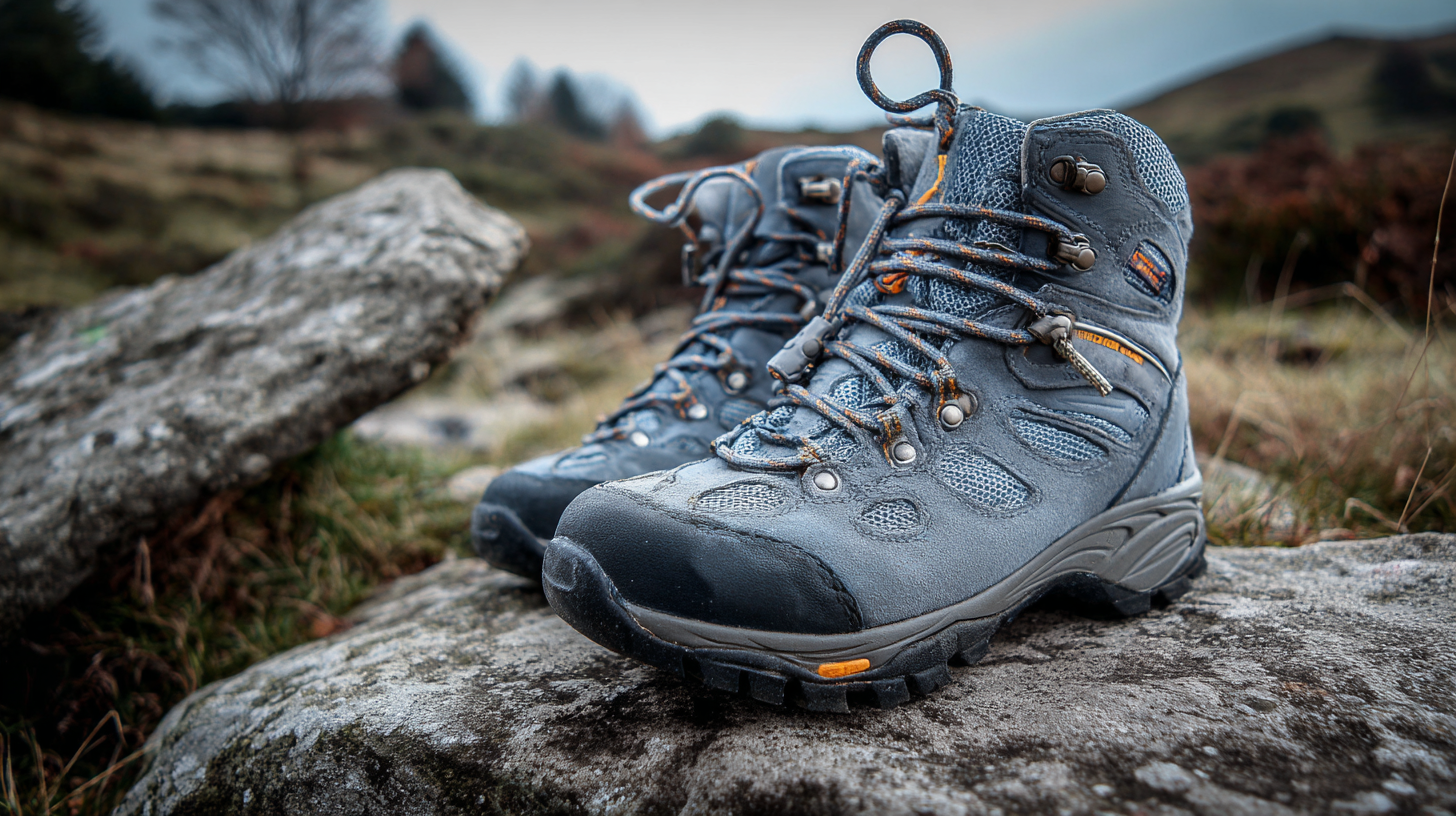
When it comes to hiking, ladies need footwear that blends style with functionality. In 2022, a report by the Outdoor Industry Association highlighted that women constituted 47% of all outdoor participants, underscoring the demand for stylish yet practical hiking boots. The right pair can provide the necessary support and protection while ensuring that you look great on the trails.
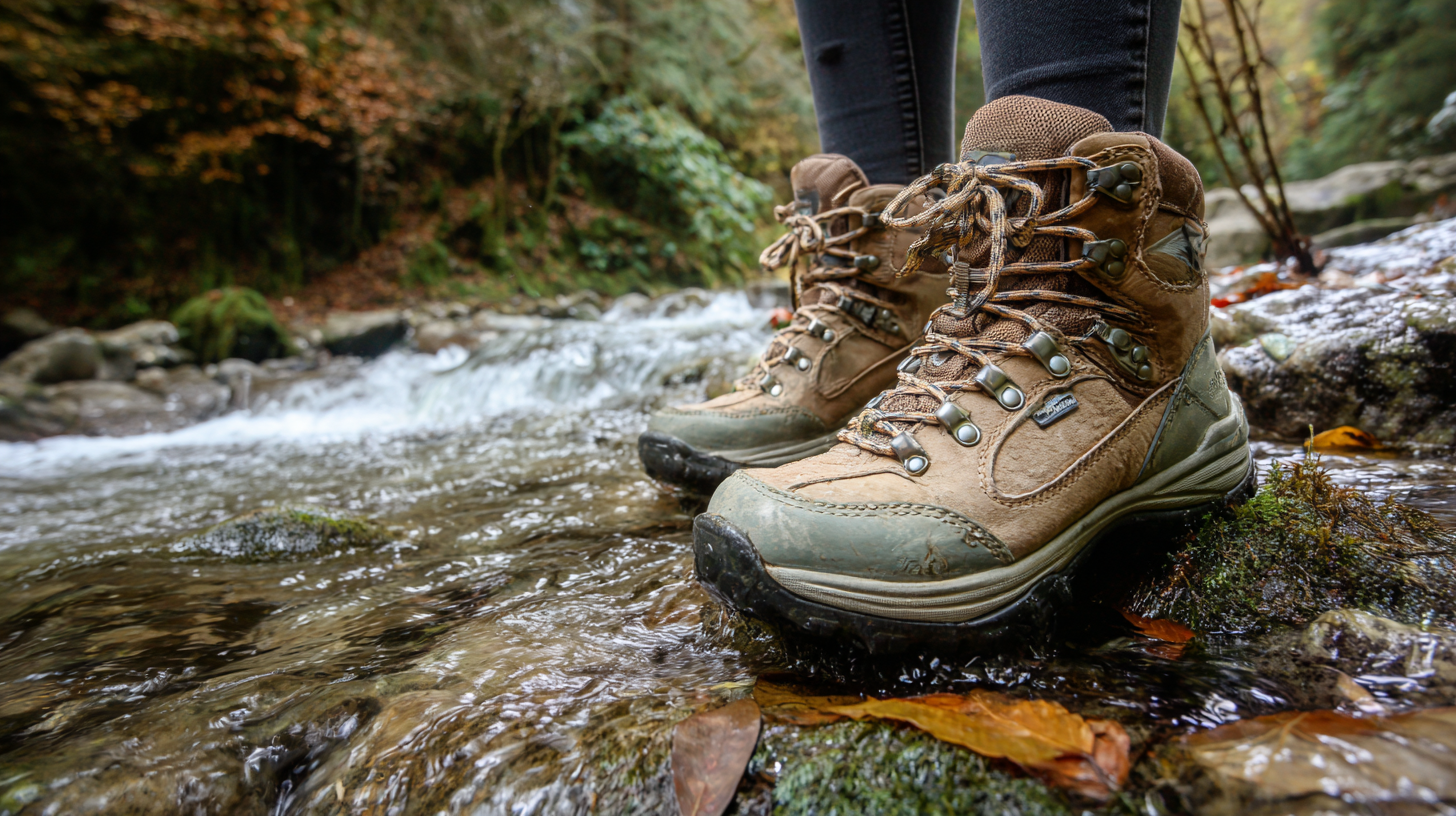
Here are six stylish designs of ladies hiking boots that don’t compromise on functionality. First, consider ankle boots featuring waterproof materials combined with breathable mesh, making them suitable for varied terrains. Additionally, some brands offer chic designs with vibrant colors and patterns, allowing hikers to express their personal style.
Advanced technologies, such as cushioned insoles and grip-enhanced outsoles, ensure comfort and stability. The rise of sustainable brands also brings eco-friendly options, with boots made from recycled materials without sacrificing quality or aesthetics. This blend of style and performance not only enhances the outdoor experience but also aligns with the growing trend of environmentally-conscious consumerism in the hiking community.
